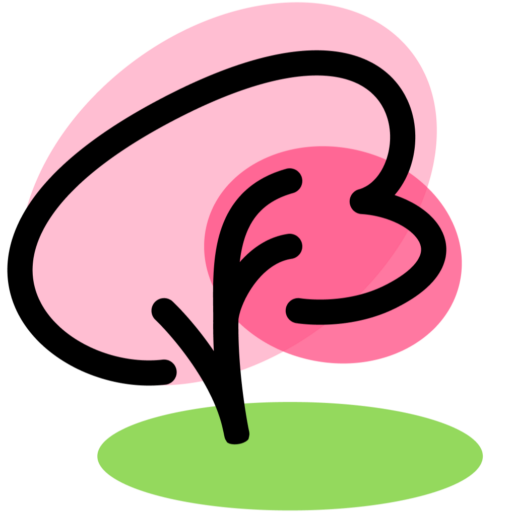by Marco Fraticelli, 2014 Haiku Invitational Judge
Vancouver
subway platform
she brushes cherry petals
from her black umbrella
Garry Eaton
Port Moody, British Columbia
This haiku first caught my eye because of the image of the white or pink blossoms against the black umbrella. I was also drawn to this haiku not so much by what is there, but by what isn’t. Unlike most blossom haiku, this one contains no lovers, no weddings, no births, and no one dying. In fact, the petals are being brushed away. The poet is very conscious of how strange it is that cherry blossom festivals often take place in the heart of the city. After a brief encounter with nature, it is time to return to the steel and cement of everyday life.
British Columbia
rusting baby buggy
fills with pink
cherry blossom petals
Cheryl Ashley
Nanaimo, British Columbia
Haiku poets need to be aware of the importance of each word in a haiku. A great many haiku contained images of babies under the cherry blossoms. The association between babies and cherry blossoms (both in the springtime of their lives) is an easy one to make. However, by adding the one word “rusting,” the poet raised this haiku to an entirely different level. It is no longer simply about birth, but about the entire cycle of life.
Canada
Wild Horse Shakes its Mane
the Tai Chi group moves
through cherry petals
Harvey Jenkins
Winnipeg, Manitoba
The essence of this haiku is movement. I am always struck by the gentleness of someone performing Tai Chi. In this case, the haiku paints the image of people gingerly stepping over the fallen blossoms. At the same time, the blossoms that are still falling are blown about by the wind, like a horse shaking its mane, as the Tai Chi group moves through them.
United States
without thinking . . .
she brushes cherry blossoms
from a stranger’s sleeve
Julie Warther
Dover, Ohio
Of course, many of the cherry blossom haiku submitted to the contest contained images having to do with love: marriage, young love, anniversaries, love lost, and first love. The association between blossoms and love is a natural and perhaps too easy one to make. This haiku does not fall into that trap. The innocent, unconscious gesture of brushing blossoms off a stranger’s sleeve is not at all about love . . . or is it?
International
bridge crossing . . .
the full moon sprinkled with
cherry blossoms
Helen Davison
Lismore, Australia
Many haiku have been written about a variety of different objects floating on the moon’s reflection on the water. This one, however, has an interesting twist. When one thinks of cherry blossoms, the most obvious images that come to mind are in colour. By placing this haiku at night, we are forced to view the image as a black-and-white photograph. In so doing, what would otherwise have been an ordinary haiku about petals on the water becomes an entirely different and far more interesting haiku.
Youth
cherry blossoms
interrupting
her fairytale
Andreea Cirligeanu, age 12
Botosani, Romania
I was so pleased to discover this haiku in the Youth category. It gives one hope for the future of haiku if young people are writing haiku as strong as this one. Yes, on the surface, the image is obvious. The telling of a fairytale has been interrupted by the blossoms, but there is more going on here. It has to do with how short-lived and fragile the blossoms are, as is that time in our lives when we still believe in, and respond to, fairytales.

